What's new in Swift Release 22 in November?
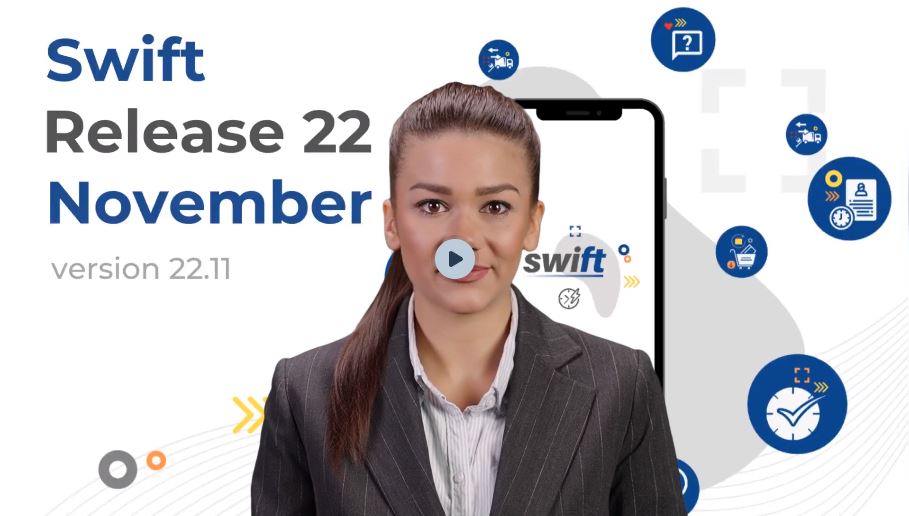
Swift Release 22 – November features the following new capabilities:
- Swipe features in Card Layouts
- Header Actions & Toolbars
- Video & Map Component using iFrame
- Tabbing functionality in Entry Forms
- Filters hiding in Find and Browse Form
Swipe Features in Card Layouts
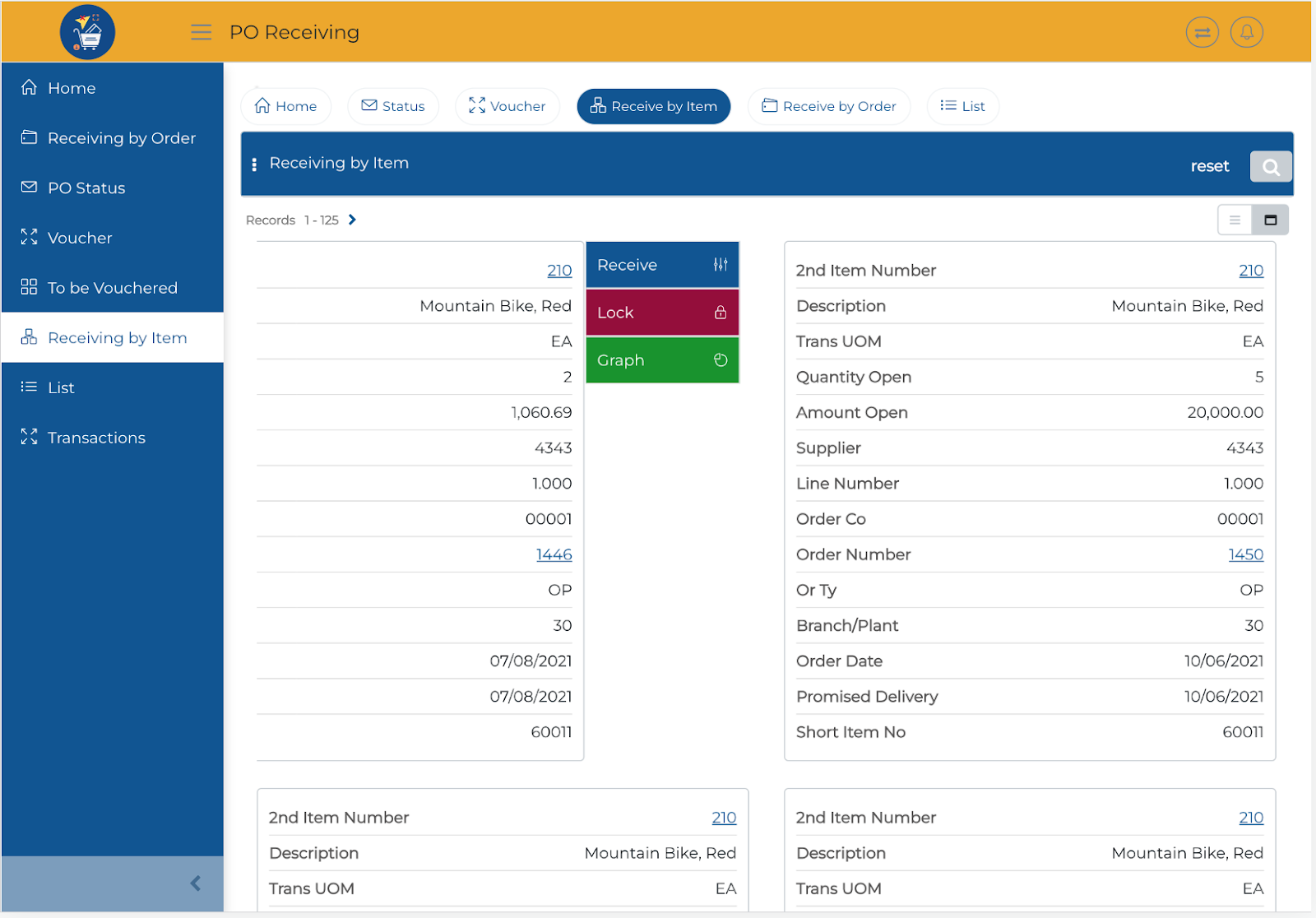
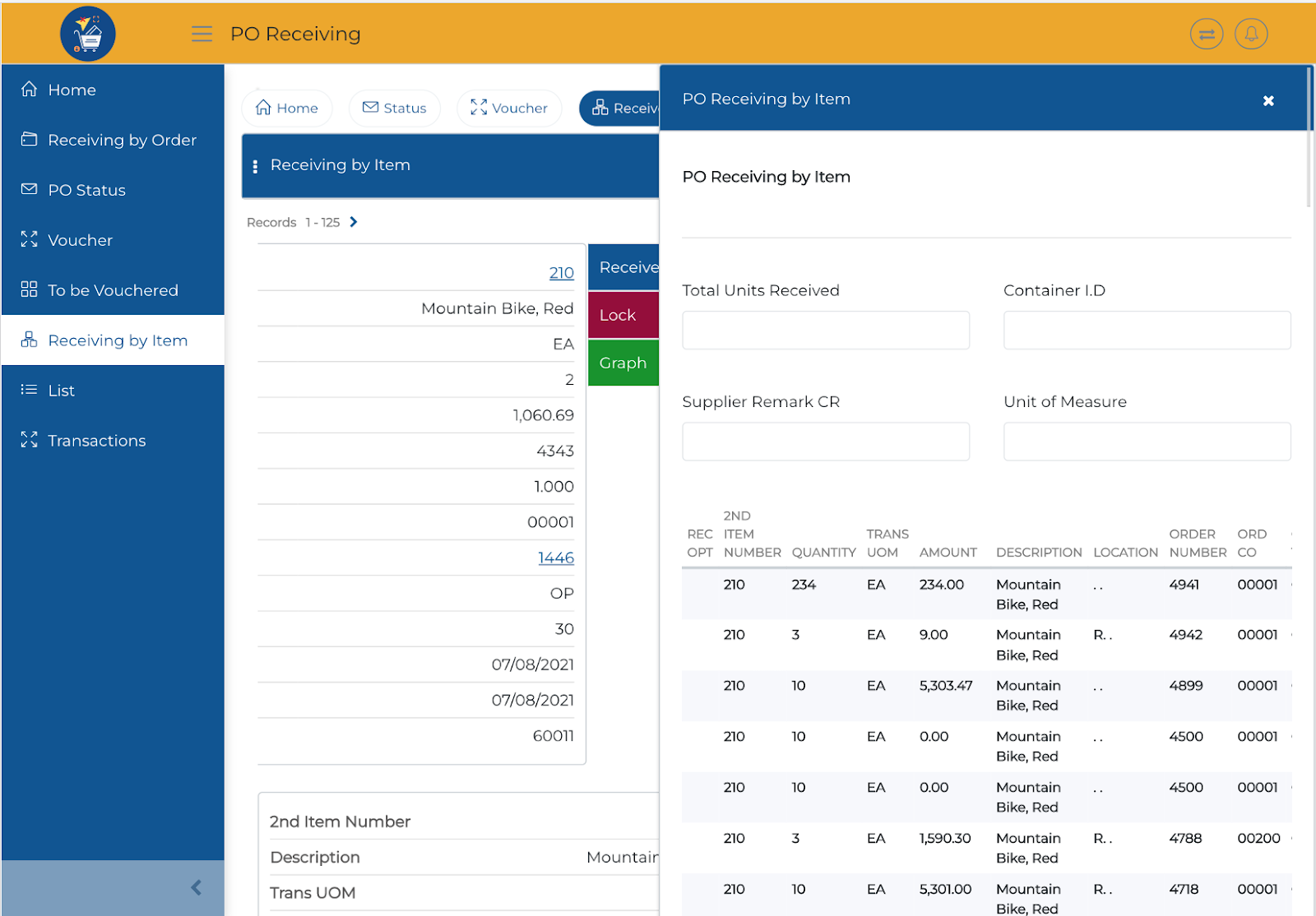
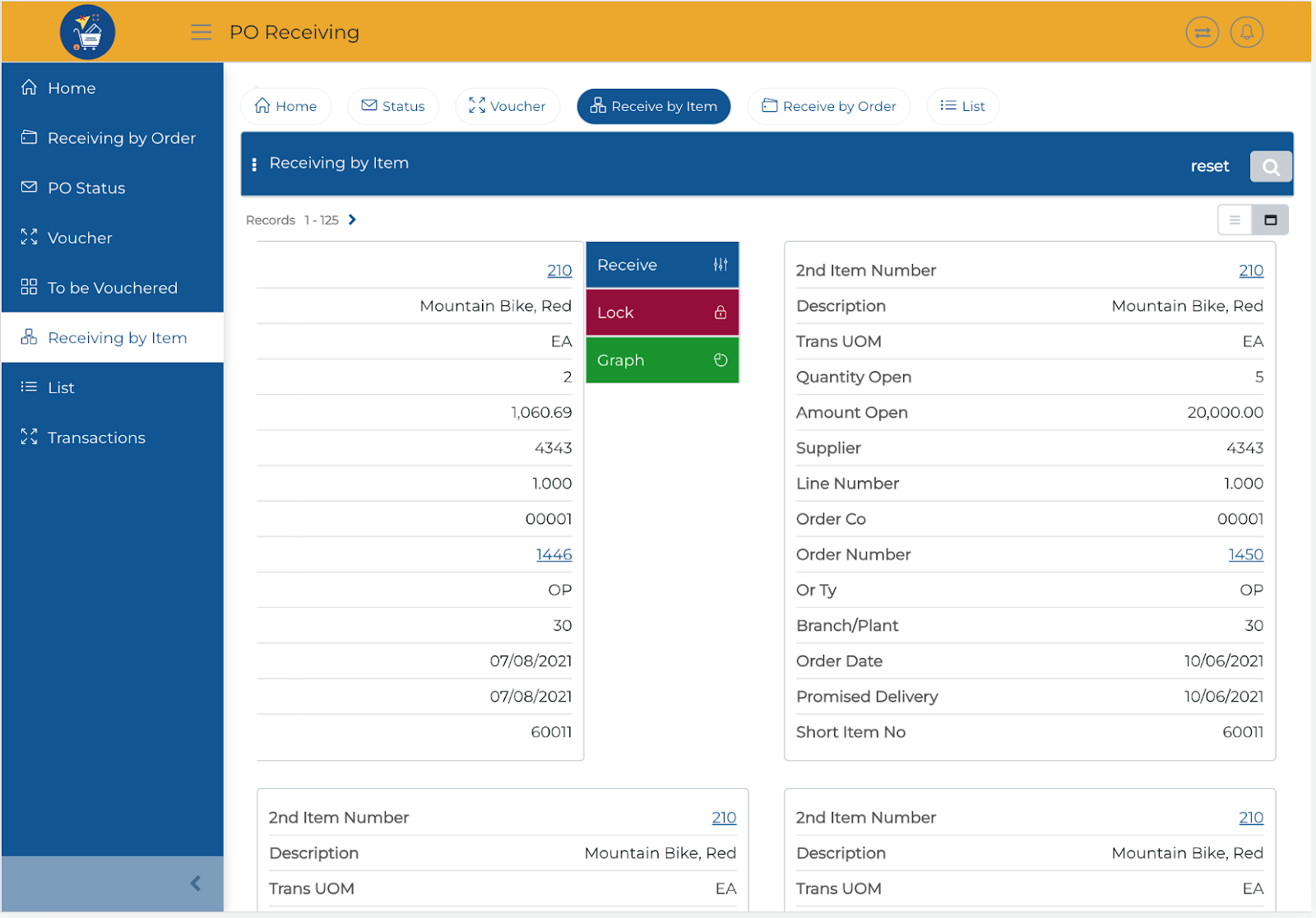
With this release of Swift, users can now add the swipe feature to their card layout by configuring the parameters to their preference.
Once enabled, you can swipe to view and carry out row actions on the FnB form in the Card View in the end-user app.
These row action buttons appear as you swipe the view card, and you can click on them to take action.
When you click on them, a View/Action Form for that row will appear.
Header Actions & Toolbars
With this release of Swift, users can now add header actions at Entry and Find and Browse Form level. Each Icon directs you to the specified feature that you configure from the Swift Designer.
Simply choose as many Header Actions as you need to add in the Entry form or Find and Browse Form in the app design studio by clicking on the Add Header Actions. Plus, you can change the icon to match your preferences.
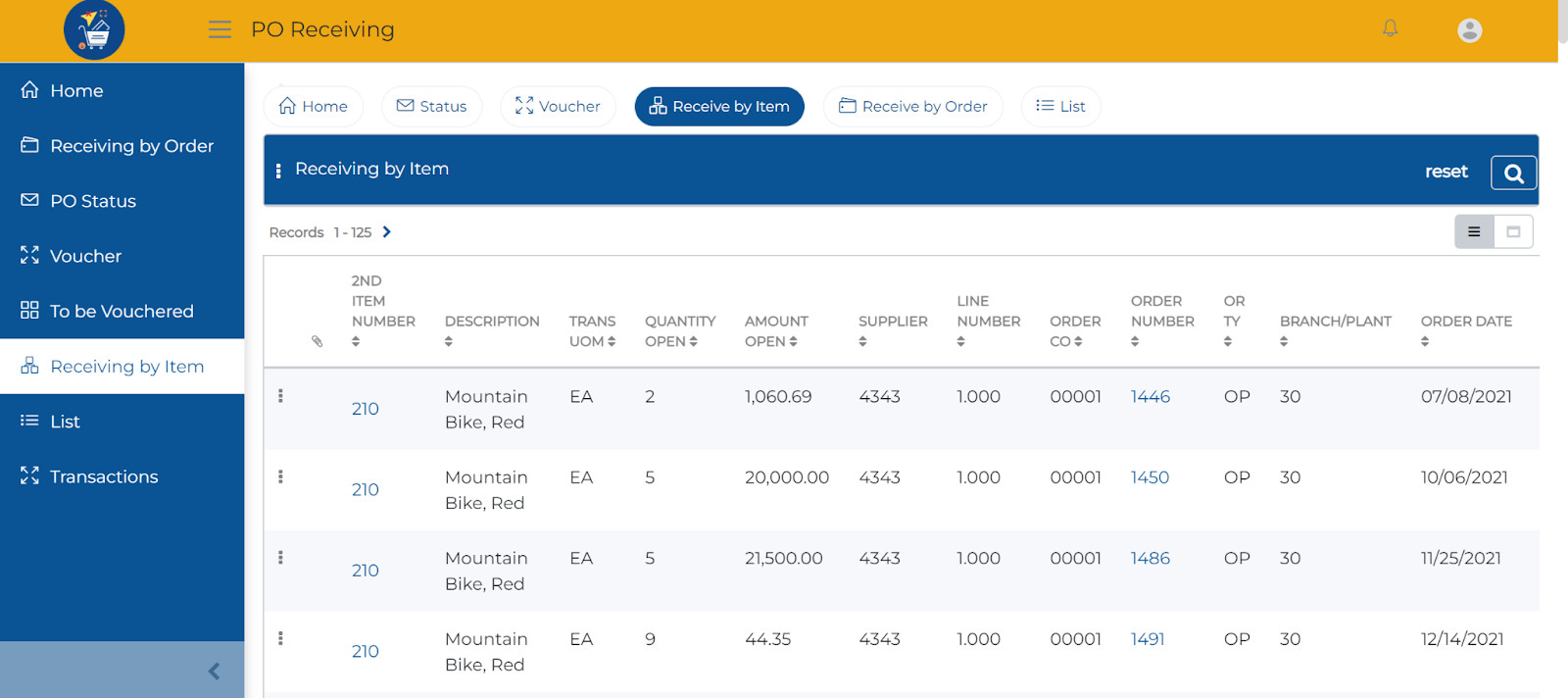
Mobile View
Tablet View
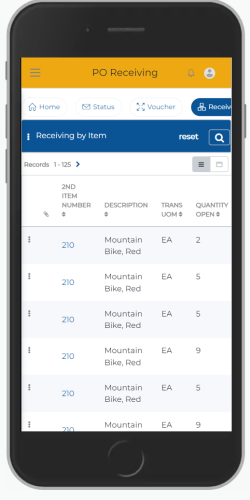
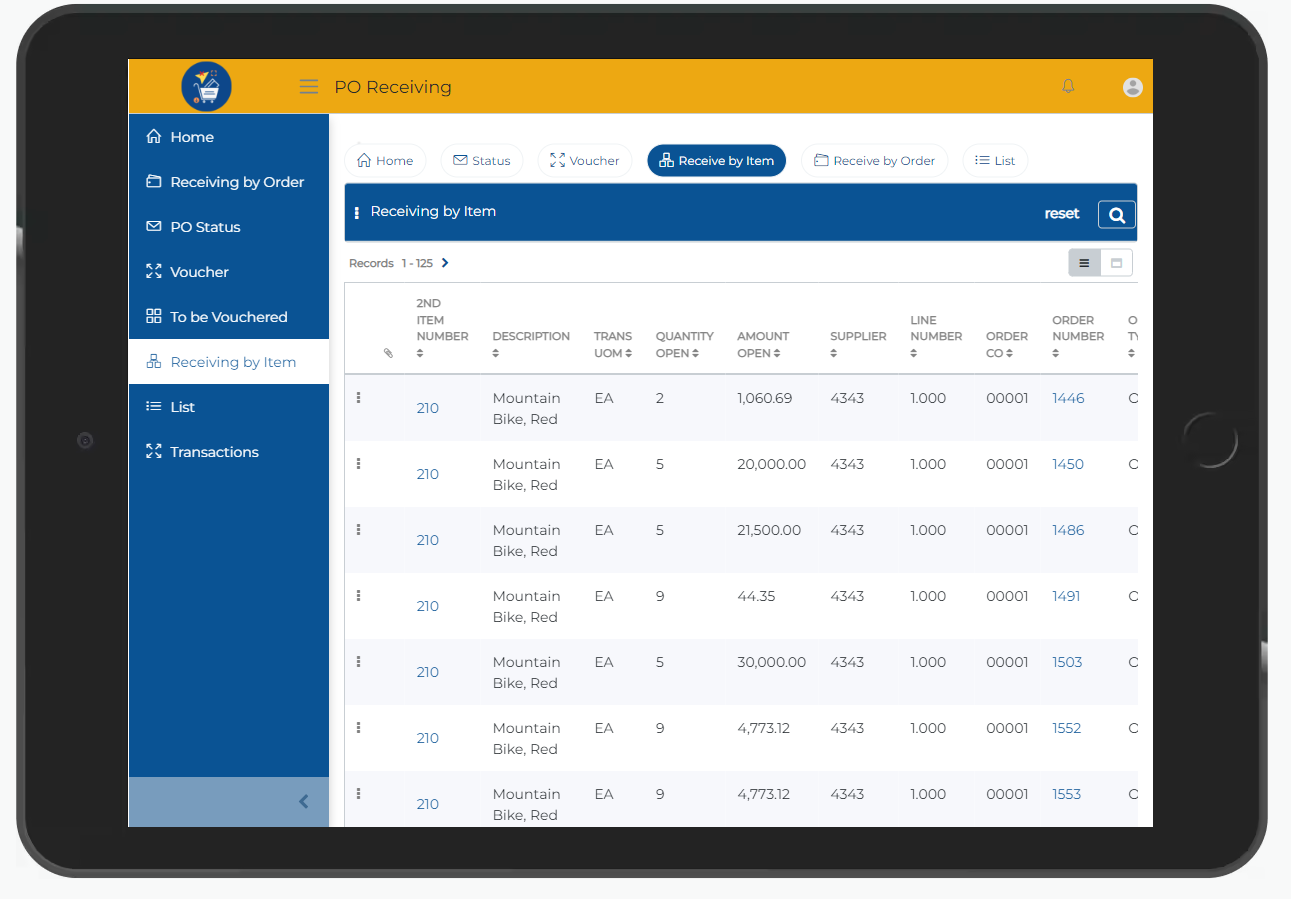
For Entry Form: On Entry Forms you can set up the View/Header actions from here:
For Find and Browse form: On Find and Browse Forms you can set up the View/Header actions from here:
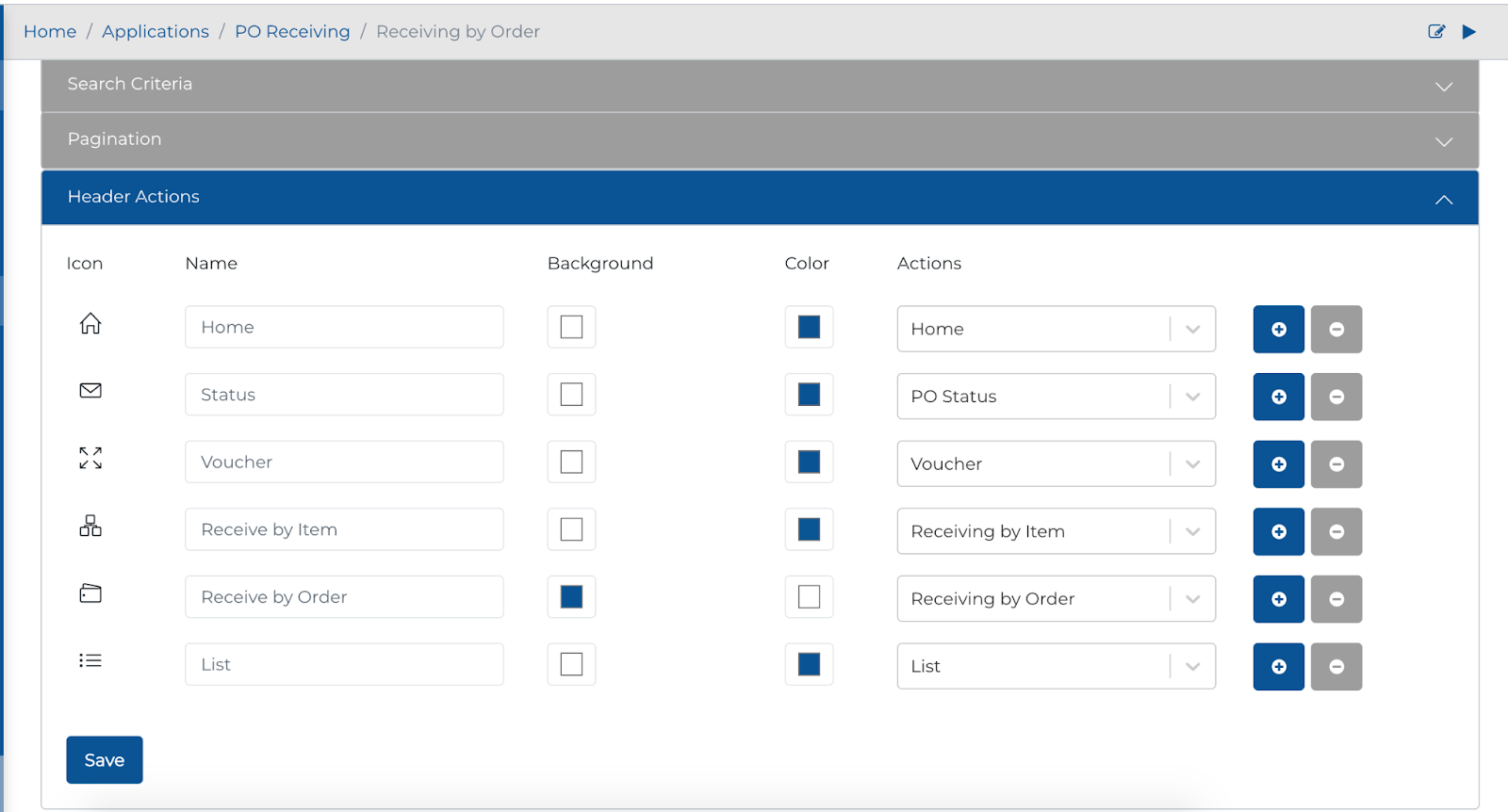
Video and Map Component using iFrame
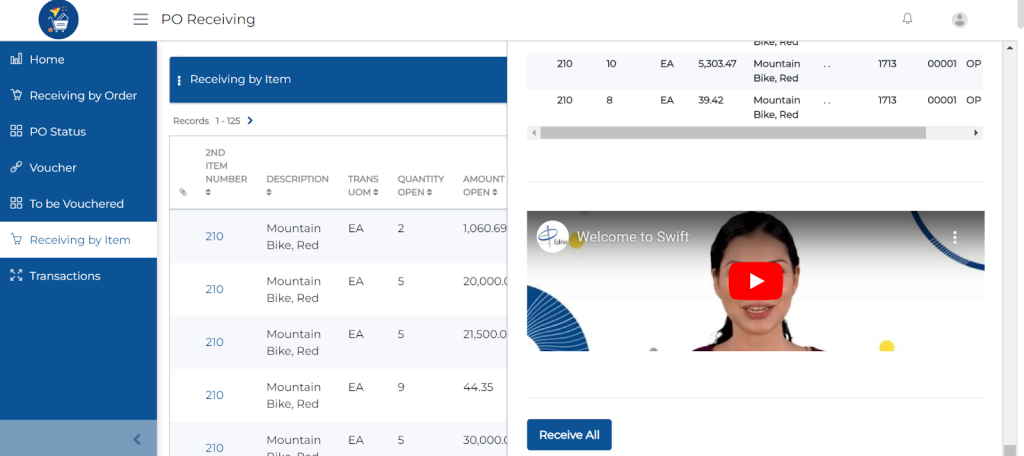
With this release of Swift, users can now use the iFrame component in View Action Forms and Entry Forms. It allows you to embed a YouTube video and Google Map.
Tabbing Functionality in Entry Forms
With this release of Swift, users can now use this feature to have fields automatically switch when they press tab, or press enter.
From the App designer studio, you click Edit Entry Form. You can check the box next to “Auto Tab” and choose the time interval to table and submit.
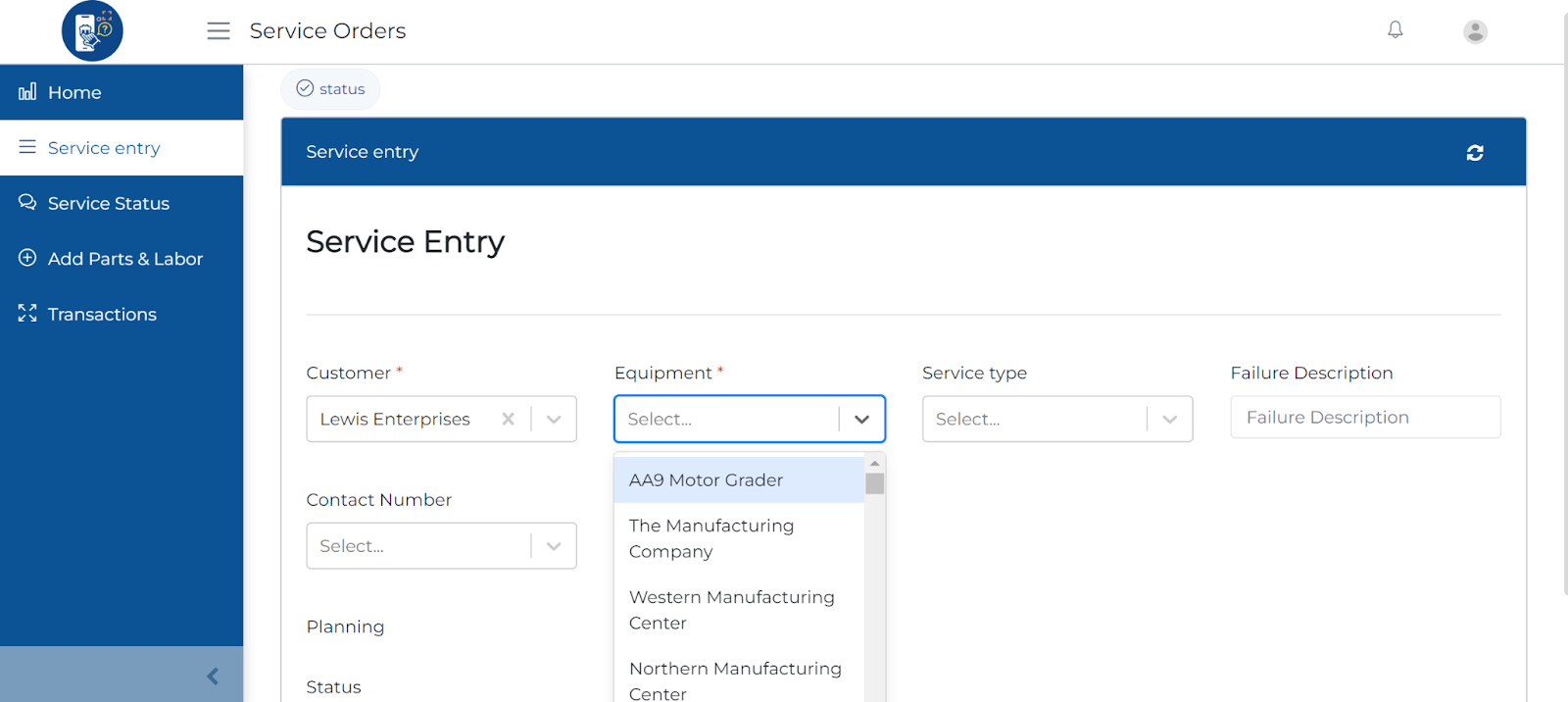
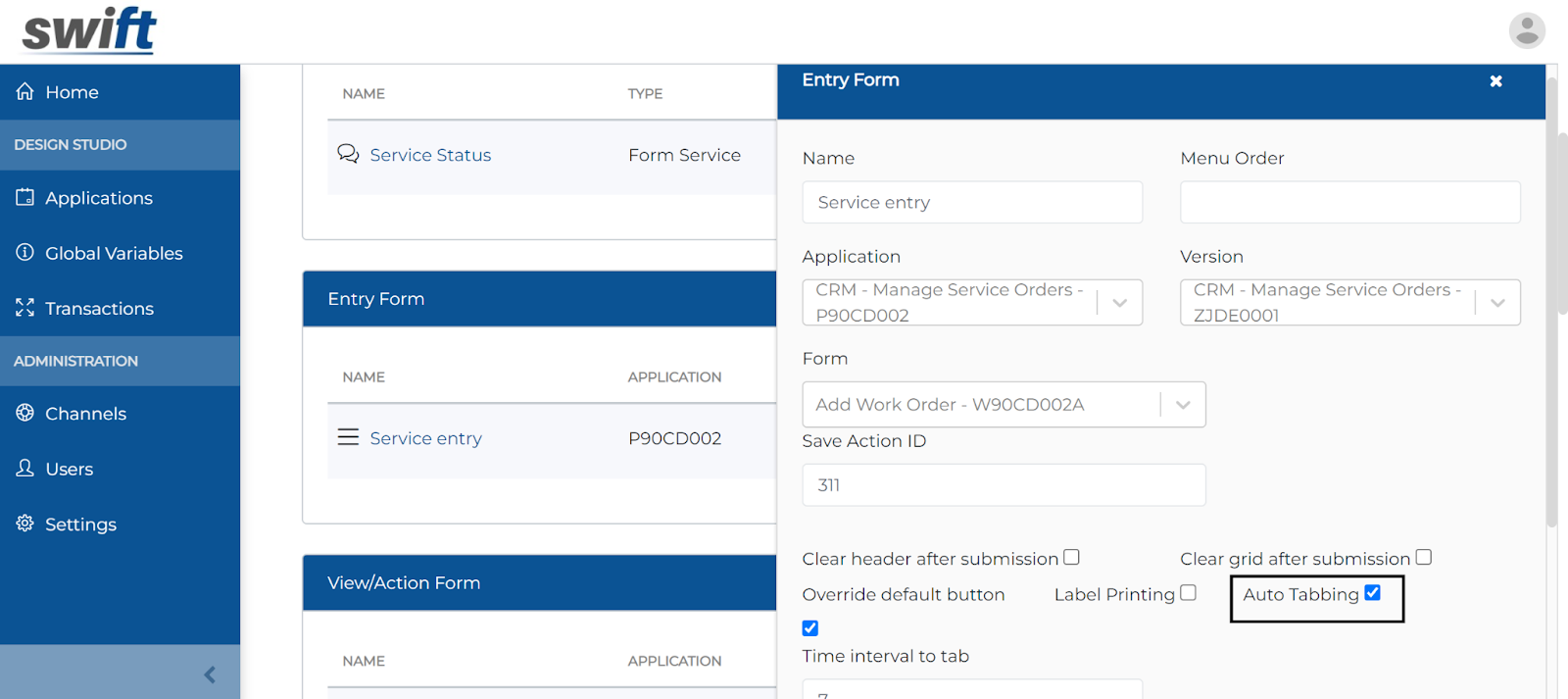
Filters Hiding in Find and Browse Forms
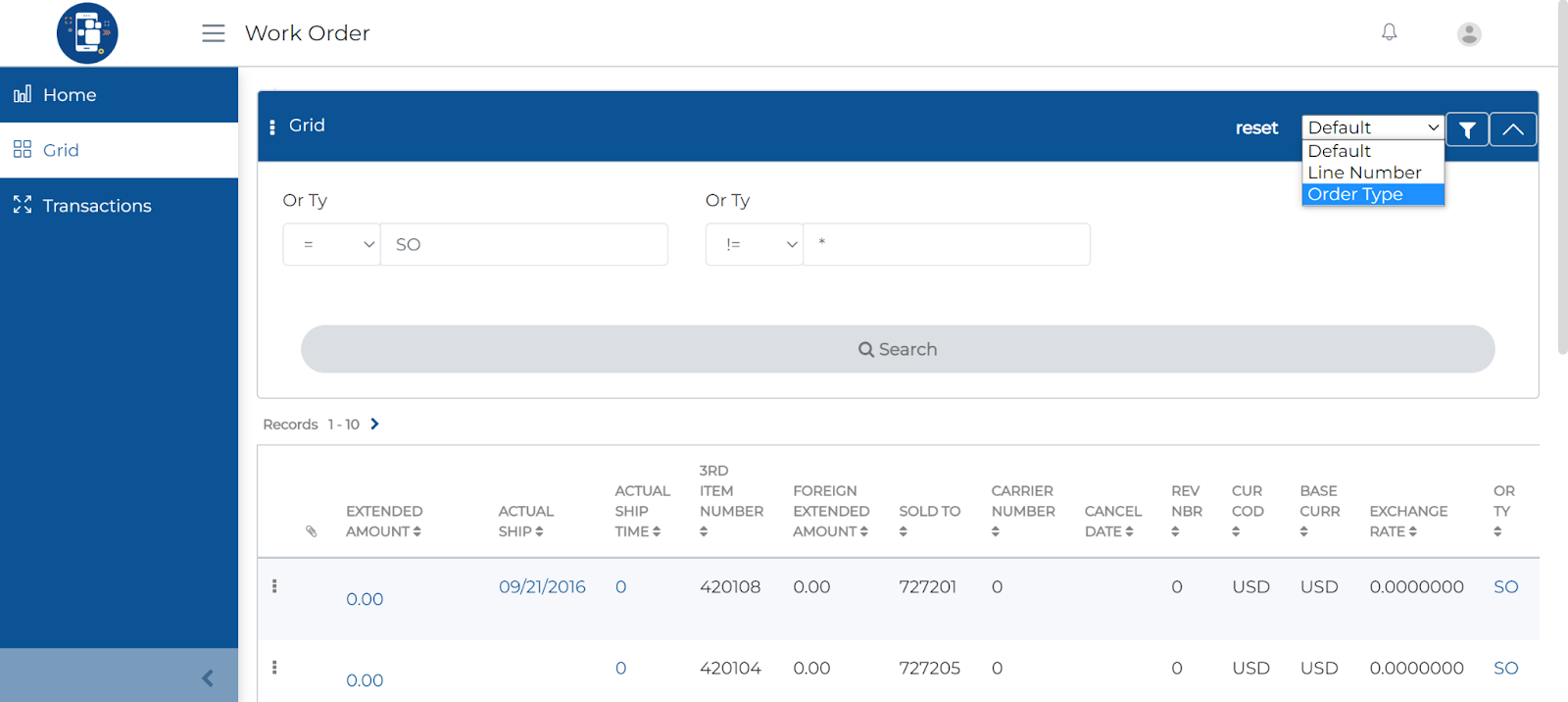
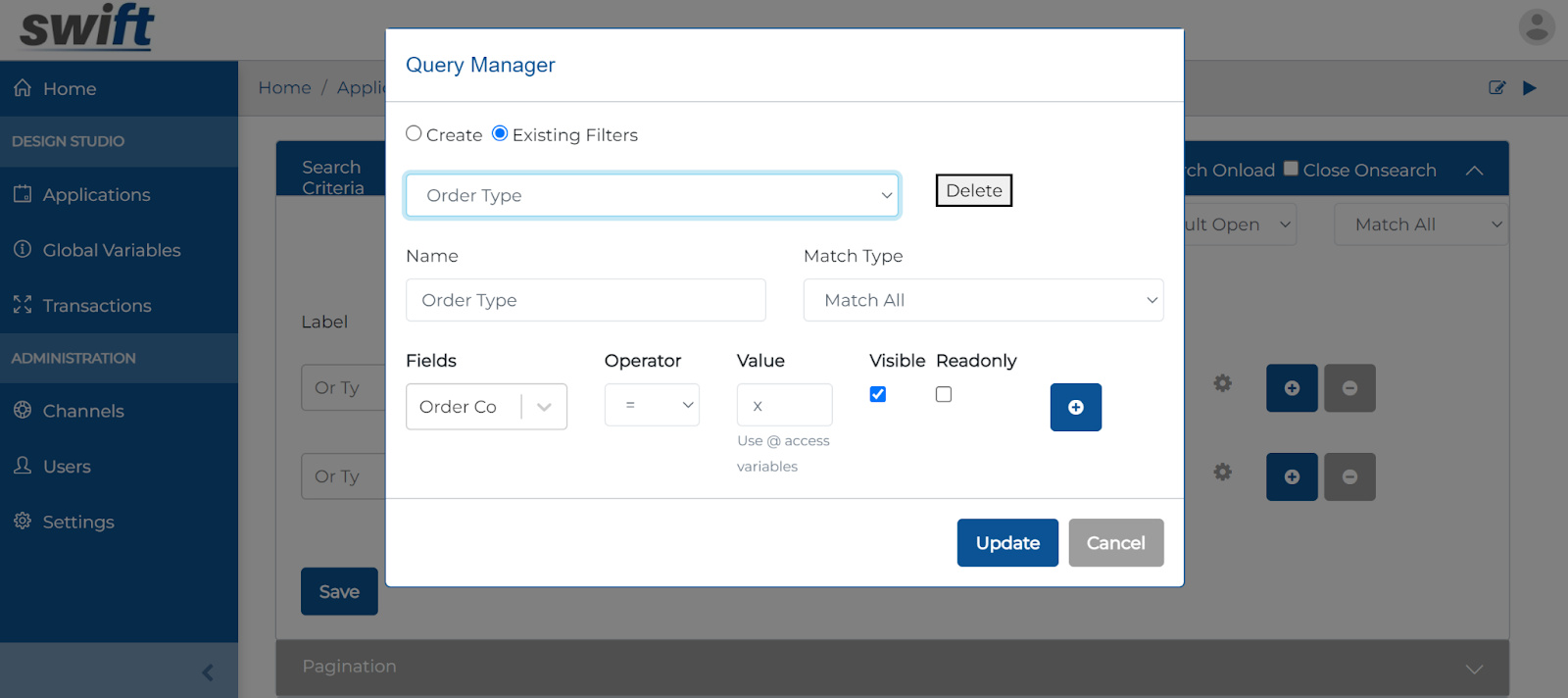
With this release of Swift, Users can now use this feature to find and browse information according to their preferences.
Simply click on the system filters in the app design studio’s find and browse form, then add or delete new or existing ones as per your requirements.
The ability to create “disposable” experimental processes and apps opens up the untapped potential of the enterprise to address business problems with an unprecedented agility and positive innovation energy.
How Swift provides the game-changing capability?
Most low-code, no-code platforms evolved as the next-phase of the original development tools, built a decade or two ago, and still follow the same development mindset in their DNA. Although they’ve tried their best to make them easy for the business analysts and the users, majority have fallen short.
To bring about the real paradigm shift and benefits of a low-code/no-code platform, a grounds-up rethinking was required to work at a meta-data level, and incorporate at the core of the architecture, the latest and greatest advancements in web and mobile technologies, integration, security, analytics and cloud-based server frameworks.
Get started with Swift
Get Started with Swift
Sign up for Swift Start and get a fully functional Swift instance, pre-integrated with a JD Edwards demo instance. You can explore the pre-built apps available on Swift App Store, customize them or create your own from scratch and share them with your peers.
Join Swift Online Training
Join us for the Online Training and learn to design, build, deploy and launch mobile and web apps in a matter of minutes, and how they are automatically integrated with JDE applications, orchestrations and databases without the need to write a single line of code.
Get Swift Certification
Swift Certified Consultants are responsible for designing, developing, launching, extending and managing Swift applications. Join some of the most innovative and reputed JDE professionals in the industry by getting your Swift functional or admin certifications.
